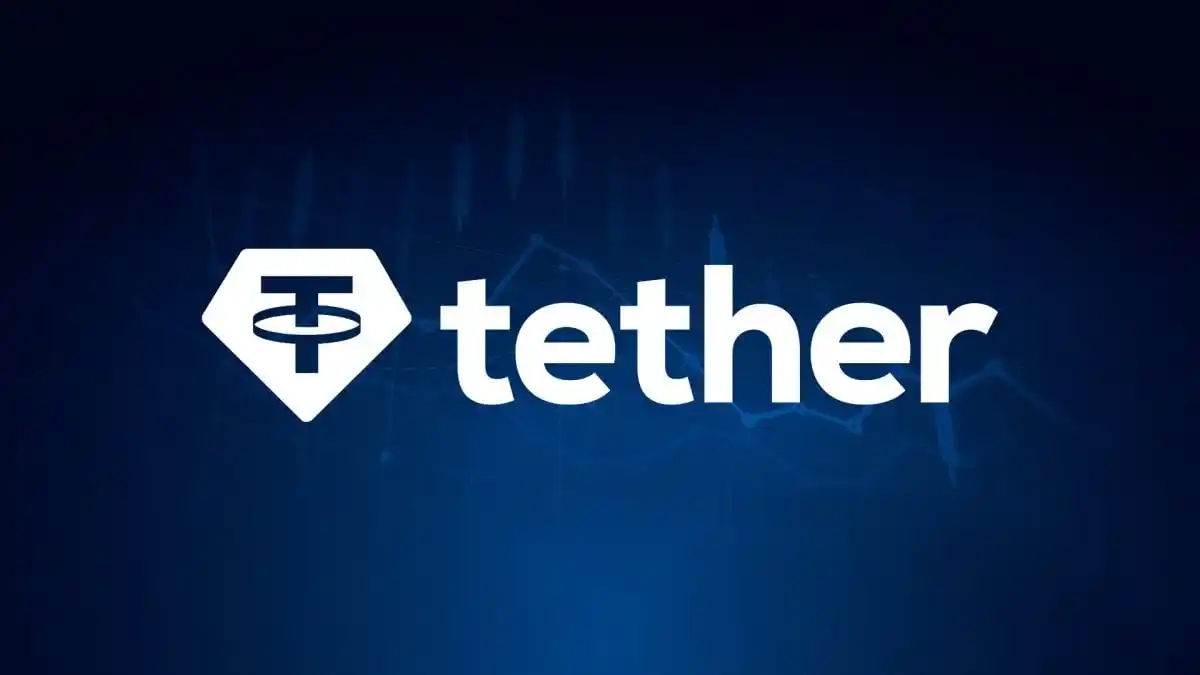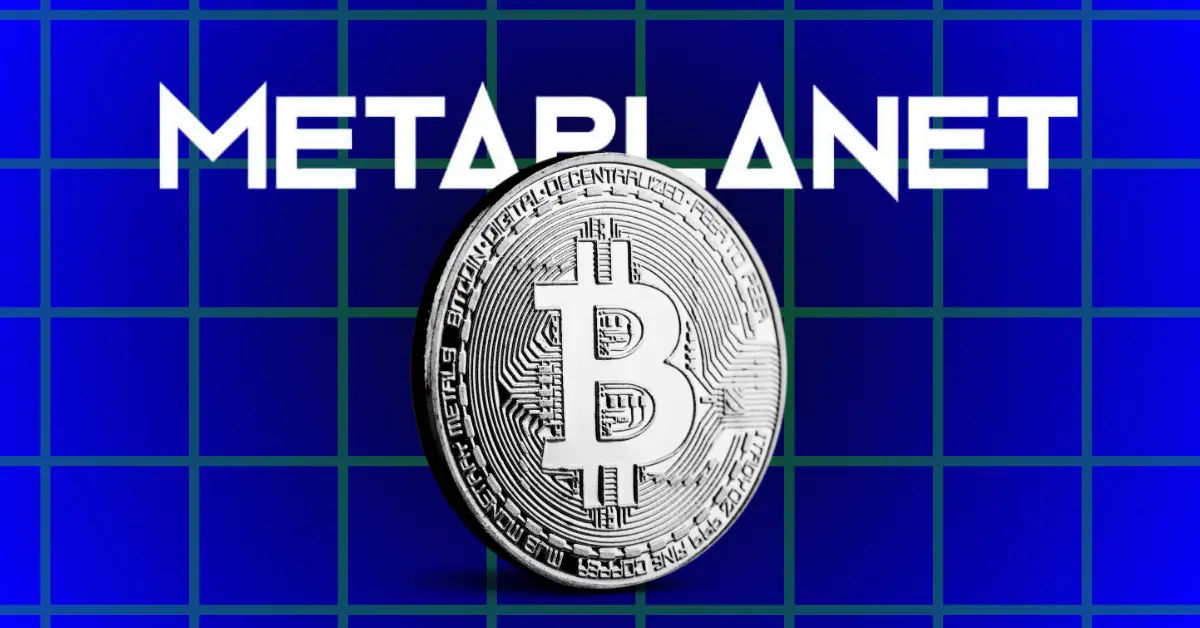Blog

Tether Joins OCEAN to Boost Bitcoin Decentralization
Apr-15-2025
Tether partners with OCEAN to mine Bitcoin
Move aims to decentralize Bitcoin’s hashrate
Strengthens security and transparency in mining
Tether Supports Decentralized Bitcoin Mining
Stablecoin giant Tether has just announced a significant move in the Bitcoin ecosystem. The company plans to deploy both its current and future Bitcoin mining hashrate to the OCEAN mining pool, aiming to enhance the Bitcoin mining decentralization of the network.
This partnership marks a strategic alignment with OCEAN, a mining pool initiative led by long-time Bitcoin advocate Luke Dashjr. OCEAN is designed to be a transparent, non-custodial platform that returns control of mining back to individual operators—something that aligns closely with Bitcoin’s core philosophy of decentralization.
Why Decentralization Matters in Bitcoin Mining
Over the years, concerns have grown about the centralization of Bitcoin mining power among a few large pools. This concentration of power could pose risks to the network’s neutrality, censorship resistance, and long-term security.
By directing its hashrate to OCEAN, Tether is taking a proactive step to help distribute mining power more evenly. The move is seen as a response to the call for a healthier, more secure mining environment—one where no single entity holds too much influence over block creation.
Tether’s Broader Role in Bitcoin Infrastructure
Tether’s involvement goes beyond issuing the world’s largest stablecoin. In recent months, the company has shown increasing interest in supporting Bitcoin infrastructure—from mining to energy investments.
By backing OCEAN’s decentralized mining vision, Tether is contributing to the robustness of Bitcoin’s foundational layer. This move could inspire other institutional players to rethink their approach to mining—shifting focus from control and profit to security and sustainability.
Read more

Japanese Firm Metaplanet Boosts Bitcoin Treasury to Over $380 Million
Apr-14-2025
Metaplanet Inc., a publicly listed Japanese firm, has announced it has added 319 more Bitcoin to its balance sheet as part of its treasury strategy. The purchase was made at an average price of 11.8 million yen per BTC, totaling 3.78 billion yen. This brings Metaplanet’s total Bitcoin stash to 4,525 BTC, bought at an average price of 12.8 million yen per BTC, worth approximately 58.1 billion yen in total. Despite the crypto downturn, Metaplanet’s stock has shown steady performance this year, with a 0.57% gain. With each new acquisition, Metaplanet strengthens its position in the crypto space, signaling strong confidence in BTC’s future value.
The company made it happen with a special metric called BTC Yield to measure the success of its Bitcoin accumulation strategy. This yield shows how much more Bitcoin they hold compared to their shares in circulation. From January to March 2025, their BTC Yield was a solid 95.6%, and between April 1 to April 14, it was 6.5%, showing continued growth despite a shorter period.
How They’re Funding the Buying Spree
Metaplanet has been funding its massive Bitcoin purchases by teaming up with EVO FUND, a major investor. Instead of taking regular loans that require interest payments, the company has been issuing zero-coupon bonds, which don’t need interest to be paid. Along with that, EVO FUND gets the right to buy Metaplanet shares at the market price.
Moreover, when they buy those shares, Metaplanet receives cash. That cash is then used to either repay the bonds or buy more Bitcoin. Between January and March 2025, Metaplanet rolled out several rounds of these bonds worth 2 to 4 billion yen each, all to support its ongoing Bitcoin investment strategy.
Aggressive Expansion With Minimal Dilution
Despite issuing millions of shares, Metaplanet claims it’s carefully managing dilution, which means shareholders aren’t losing too much ownership percentage in the company. The company uses a calculation of “Bitcoin per fully diluted share” to show that each share is becoming more valuable in terms of Bitcoin.
The Bigger Picture
Metaplanet is following the playbook of U.S.-based MicroStrategy, aggressively turning its treasury into a Bitcoin reserve. By mixing creative finance and strategic share issuance, it’s doubling down on Bitcoin as a long-term asset. With Japan's growing crypto interest, Metaplanet is positioning itself as a corporate BTC pioneer in Asia.
Read more

Market Instability Drives Shift Towards Digital Assets
Apr-11-2025
Recent trade tariffs imposed by President Donald Trump have triggered significant upheaval in global financial markets. While conventional assets have experienced pronounced fluctuations, the cryptocurrency sector has notably maintained a sense of stability. This shift has encouraged both retail and institutional players to explore these alternative investment avenues in response to the heightened market volatility.
How Are Traditional Markets Performing?
Data from TradingView indicates a dramatic increase in the S&P 500’s annualized volatility, soaring from 50% to 169% post-tariff announcement. The Nasdaq and Dow Jones indices have mirrored this instability, with the S&P 500 losing roughly 14% in value over the past two months. This downturn has significantly impacted investor confidence, particularly in technology-focused stocks, intensifying the sense of panic.
Why Are Cryptocurrencies Gaining Popularity?
Despite the turbulence, the cryptocurrency market has demonstrated a relatively minor decline, with volatility reaching 83%, yet remaining more contained than stock market fluctuations. According to James Butterfill, Director of Research at CoinShares, this stability is prompting more investors to consider algorithmically driven assets that are less susceptible to political turmoil, thereby boosting interest in cryptocurrencies.
In addition, traditional safe-haven assets such as treasury bonds and the US dollar have not offered the expected levels of security. Treasury yields have increased to 4.45%, while the dollar index has dropped to a low not seen in the first quarter of the year, suggesting a break from historical economic patterns.
Are Investors Changing Their Strategies?
As the market environment evolves, investors are re-evaluating their portfolio strategies. The growing uncertainty and volatility have underscored the risks of one-dimensional investments, prompting a push for diversification. Hedge strategies are gaining traction as investors aim to balance their portfolios through informed, data-driven decisions.
Significant volatility in traditional markets has led to a search for stability in cryptocurrencies.
Investors are increasingly interested in algorithmically structured products.
Traditional assets are failing to provide the expected safety net during market fluctuations.
Portfolio reassessment is becoming essential as risks and strategies adapt to new market realities.
The current dynamics point toward a notable shift in how investors approach financial security. The cryptocurrency market is emerging as a distinct refuge, offering a decentralized alternative amid global economic uncertainties.
Read more

Bitcoin Price Reclaimed $83K, After Trump Announced 90-Day Tariff Pause
Apr-10-2025
Yesterday, Trump authorized a 90-day pause on tariffs, lowering the reciprocal tariffs to 10%.
Bitcoin’s price reacted to the announcement, surging above $83,000.
Earlier today, Bitcoin’s price surpassed $83,000, following yesterday’s Trump tariff-related announcement. The general crypto market is up by almost 7% in the past 24 hours.
Bitcoin Price Surged Above $83,000
Bitcoin recorded a significant price surge from $75,000 levels. The digital asset’s price debuted an ascendant trajectory on April 9, topping $83,000 earlier today.
At the moment of writing this article, BTC is trading above $82,000, up by 7% in the past 24 hours.
On April 9, BTC recorded a surge of over 5% in a short amount of time, following the US President’s tariff-related announcement.
Trump Delayed Tariffs by 90 Days
In a message on Truth Social, Trump announced some changes in his tariff policies. He began his message by saying that he is raising the tariff charged to China by the US to 125%, “based on the lack of respect” that China has been showing the world markets.
He continued by saying that hopefully, sometime in the near future, China will realize that the days of ripping off the US and other countries are no longer sustainable or acceptable.
Trump also stated that more than 75 countries have called Representatives in the US, including the Departments of Commerce, Treasury, and the USTR, to negotiate a solution regarding trade, tariffs, currency manipulation,n and non-monetary tariffs.
He said that based on the fact that these countries have not retaliated in any way or form against the US, he authorized a 90-day delay on tariffs, lowering reciprocal tariffs during this period to 10%, effective immediately.
Yesterday, following Trump’s announcement, both traditional and crypto markets reacted. Today, the crypto market is up by almost 7%.
Also, the markets expect to see whether the US Fed will decide to cut interest rates, following another recent message from the US President who advised the Fed’s Chair, Jerome Powell, to lower rates.
Read more

Mastercard and Kraken Bring Bitcoin Spending to Europe
Apr-9-2025
Mastercard partners with Kraken to expand crypto payments in Europe
Users can spend Bitcoin at 150 million merchants worldwide
Partnership boosts Bitcoin’s utility and mainstream adoption
In a groundbreaking move, Mastercard has announced a partnership with leading crypto exchange Kraken to enable Bitcoin payments for users across Europe. This collaboration will allow Kraken users to spend their Bitcoin directly at over 150 million merchants worldwide where Mastercard is accepted.
This initiative bridges the gap between traditional finance and cryptocurrency, making it easier than ever for European users to use Bitcoin in everyday transactions—from buying groceries to booking flights.
How It Works
Through this partnership, Kraken will likely issue a Mastercard-powered debit card that links directly to users’ crypto wallets. This means users can pay in Bitcoin, with the transaction being converted seamlessly to local fiat currency at the point of sale. This makes the process simple for both the merchant and the consumer.
The service will support tap-and-go payments and online purchases, giving Bitcoin holders more flexibility and convenience in spending their digital assets.
A Boost for Crypto Adoption
The Mastercard-Kraken partnership represents more than just convenience—it marks a shift in how cryptocurrency is viewed in the mainstream financial world. By enabling Bitcoin to be used as easily as traditional currencies, this collaboration paves the way for broader acceptance of crypto in Europe and beyond.
The move could inspire more financial institutions and payment providers to integrate with crypto platforms, creating a more inclusive financial ecosystem.
Read more






